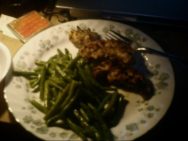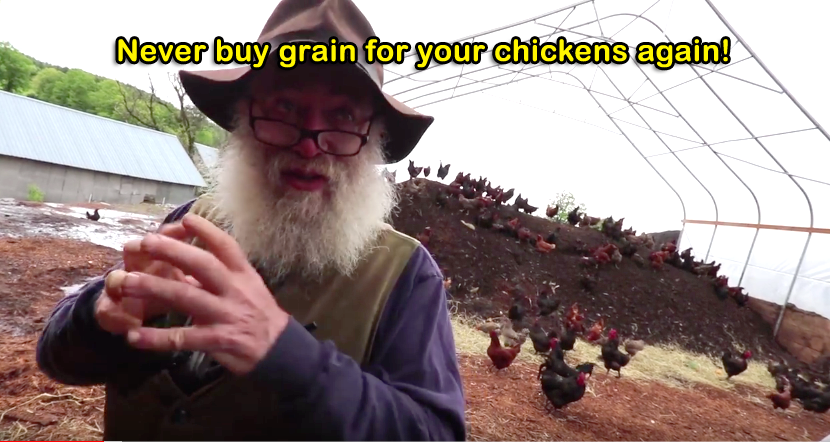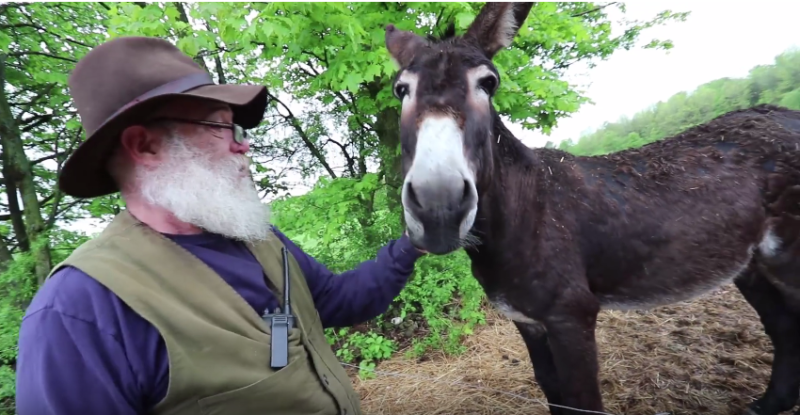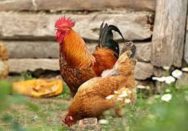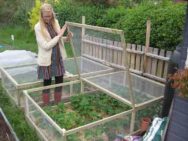
5 tips para crecer fresas
¿Las fresas son tu fruta favorita?
¿Quieres cultivarlos tú mismo en casa?
¡Aquí hay 5 consejos sobre cómo cultivar más fresas de lo esperado! No te preocupes si es la primera vez que trabajas en el jardín.
1. Haz una cama de fresas. Plantarlos de manera uniforme.
2. Proteja sus plantas de los pájaros y otras criaturas. ¡Asegúrate de cubrir tu cama de fresas!
3. Elija un cultivar de fresa que se sabe que produce un cultivo de bayas grandes. Como la mayoría diría, las variedades de días cortos le darán la mayor cantidad de fresas.
4. La mayoría de las variedades de fresas producen corredores. Estos corredores eventualmente desarrollarán sus propias raíces, dando como resultado una planta clonada. Una vez que estas raíces adventicias se establecen en el suelo, los corredores comienzan a secarse y marchitarse. Después de eliminar los corredores, la planta puede absorber más nutrientes, lo que lleva a producir más de lo esperado. Es bastante simple plantar corredores de fresa. ¡Todo lo que tiene que hacer es cavar alrededor de la planta y levantarla suavemente!
5. Para mantener sus frutas frescas y saludables, use mantillo que se descompone y fertiliza la tierra. Alimentará a sus plantas y evitará que la hierba y las malezas crezcan con sus plantas de fresa.
Y ahí lo tienes. ¡Un montón de bayas! Todo lo que tienes que hacer ahora es recogerlos y disfrutar del sabor fresco y jugoso de la baya deliciosa de color rojo. Los expertos en permacultura dicen que cultivar espárragos junto a las fresas da mejores resultados.
Este articulo es una traducción directa del original https://off-grid.net/5-tips-on-growing-strawberries/


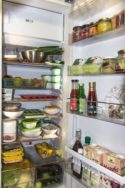
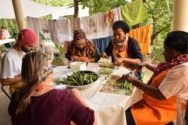

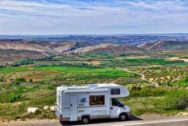

 Dometic
Dometic 






